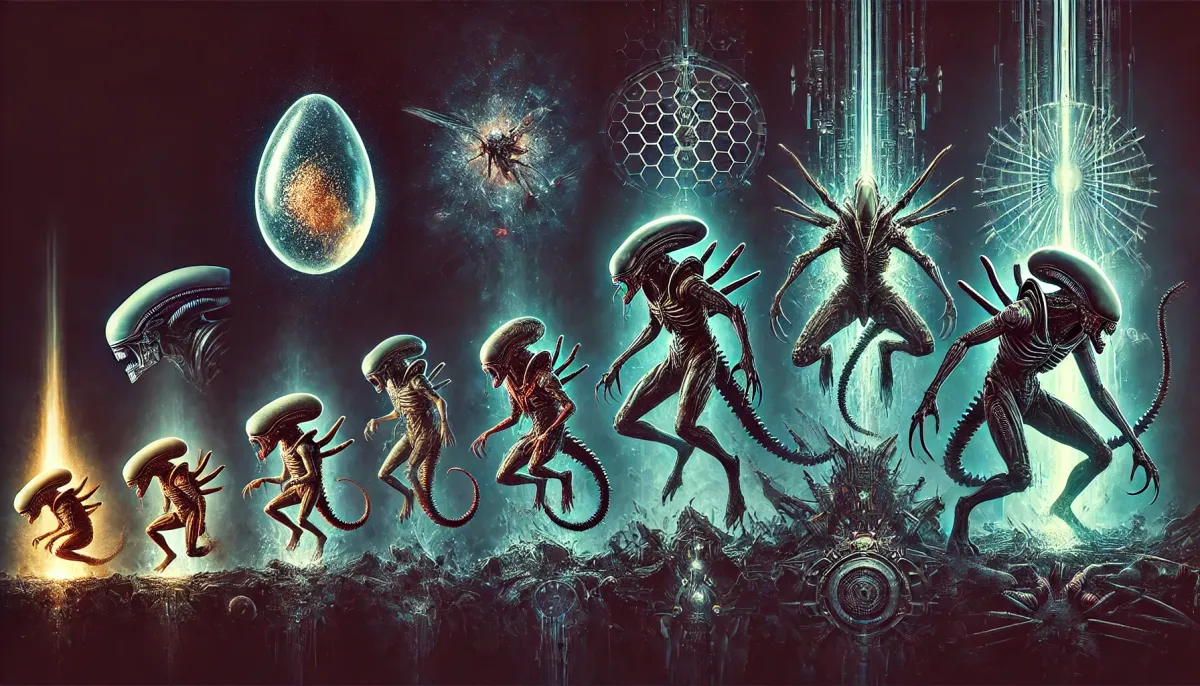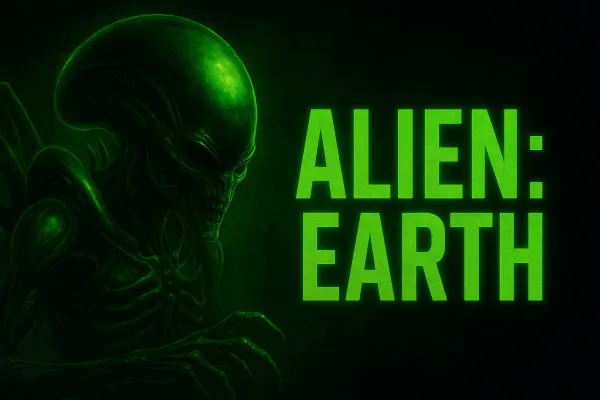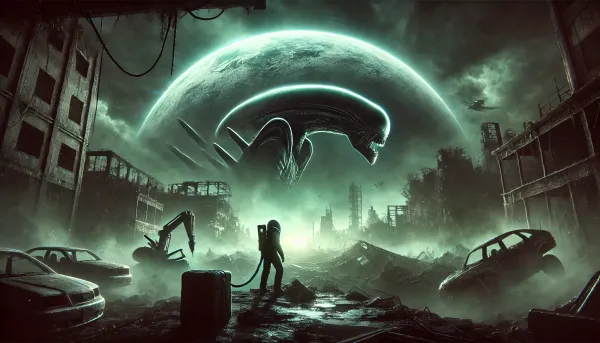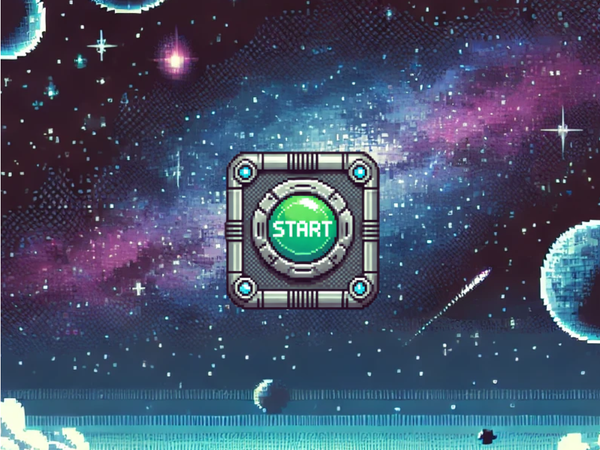Xenomorph Evolution: From Facehugger to Queen

The Xenomorph—the terrifying centerpiece of the Alien franchise—isn’t just a monster. It’s a biological masterpiece. This creature’s lifecycle is a horrifying symphony of adaptability and precision, each stage designed to ensure survival and spread. Let’s dive deep into the evolutionary journey of the Xenomorph, from its humble beginnings as a Facehugger to its grand culmination as a Queen.
Stage 1: The Egg
It all begins with the egg. Unlike the harmless ones you find at breakfast, Xenomorph eggs are pulsating vessels of doom. Found in dark, sticky nests, these leathery orbs are laid by the Queen herself, ensuring the hive’s survival. Each egg contains a dormant Facehugger, waiting for its moment to strike.
Here’s the scary part: Xenomorph eggs aren’t just passive objects. They react to nearby movement. Whether it’s an unlucky human or a curious space traveler, the egg opens in response, releasing its deadly inhabitant. Think of it as nature’s ultimate booby trap, only this one comes with acid blood.
Stage 2: The Facehugger
When the egg hatches, out comes the Facehugger, a spider-like parasite with one job: to implant an embryo into a host. This thing doesn’t waste time. It’s fast, relentless, and disturbingly efficient.
The Facehugger launches itself at the host’s face (hence the name), wrapping its long, skeletal fingers around the victim’s skull. Its tail coils tightly around the neck, ensuring there’s no escape. And the kicker? It uses a proboscis-like tube to pump the Xenomorph embryo directly into the host’s chest cavity. Yeah, it’s as gross as it sounds.
Interestingly, the Facehugger’s design is all about efficiency. It can keep the host alive for hours while ensuring the embryo is secure. Once its job is done, it detaches and dies, leaving behind the ticking time bomb that is the Chestburster.
Stage 3: The Chestburster
Now comes one of the most infamous moments in sci-fi history. After the embryo has gestated inside the host—anywhere from a few hours to a couple of days—it’s time for the Chestburster to make its grand entrance. This tiny, worm-like version of the Xenomorph literally bursts out of the host’s chest in a spray of blood and gore.
What’s particularly terrifying about this stage is its rapid growth. Within minutes of emerging, the Chestburster starts to develop limbs and harden its exoskeleton. It’s small, but don’t let that fool you—this thing is already dangerous. Given a little time and some flesh to feed on, it’ll transform into its next stage: the Drone or Warrior.
Stage 4: The Drone/Warrior
Once fully grown, the Xenomorph becomes the ultimate predator. This is the stage most people associate with the franchise: a sleek, black nightmare with an elongated head, razor-sharp teeth, and a deadly tail. But don’t forget its signature feature—acidic blood that melts through almost anything. It’s the perfect defense mechanism, discouraging any would-be attackers.
Drones (or Warriors, depending on their role) are the workhorses of the hive. They hunt, capture hosts, and build nests. Their movements are stealthy and calculated, often stalking their prey from the shadows. They’re not just killing machines; they’re also incredibly intelligent, capable of strategizing and adapting to different environments.
One fascinating detail is how Drones can inherit traits from their hosts. In Alien 3, for example, the Xenomorph emerges from a dog, resulting in a creature that’s more quadrupedal and faster than its predecessors. This adaptability is a big reason why the Xenomorph is considered such a formidable species.
Stage 5: The Queen
Now we’ve reached the pinnacle of Xenomorph evolution: the Queen. Standing at over 15 feet tall, the Queen is a monstrous yet majestic figure, combining all the lethal traits of her offspring with the added responsibility of reproduction.
The Queen’s anatomy is a spectacle in itself. She has a massive, crown-like head, powerful limbs, and a secondary pair of smaller arms. But her most notable feature is her ovipositor—a long, tube-like structure used to lay eggs. Protected by an entourage of Warriors and a fortified hive, the Queen is the heart of the Xenomorph colony.
Interestingly, the Queen isn’t just a bigger, badder version of the Drone. She exhibits a higher level of intelligence, often orchestrating her hive’s activities and responding to threats with calculated precision. Her maternal instincts are terrifyingly fierce, as seen in Aliens when she goes head-to-head with Ripley in a bid to protect her eggs.
Beyond its gruesome evolution, the Xenomorph has left an undeniable mark on sci-fi and horror, influencing countless franchises. From video games and comics to collectible figures, discover how this extraterrestrial terror became a cultural phenomenon.
Evolutionary Perfection
What makes the Xenomorph’s lifecycle so remarkable is its efficiency. Every stage serves a specific purpose, and each form is perfectly adapted to its environment. From the stealthy Facehugger to the towering Queen, every aspect of the Xenomorph’s evolution is a testament to survival.
This adaptability has led some fans to theorize that the Xenomorph was engineered rather than evolved naturally. The Prometheus and Alien: Covenant films introduce the concept of the Engineers and their black goo, suggesting that the Xenomorph might be a bio-weapon designed to wipe out other species. Whether it’s a product of evolution or intelligent design, one thing’s for sure: the Xenomorph is a nightmare you don’t want to mess with.
Curious about the origins, role, and impact of the Xenomorph in the Alien franchise? Explore our ultimate guide covering everything you need to know about this legendary sci-fi creature!
The Bigger Picture
The Xenomorph’s lifecycle isn’t just a cool sci-fi concept—it’s a metaphor for nature’s ruthlessness. Every stage reflects real-world phenomena, from parasitic wasps that lay eggs in their prey to the hive structure of ants and bees. This grounding in biology makes the Xenomorph all the more terrifying because it feels plausible.
And let’s not forget the cultural impact. The Xenomorph’s evolution has been dissected in countless fan theories, documentaries, and forums. It’s more than a movie monster; it’s a symbol of humanity’s fear of the unknown, the uncontrollable, and the unrelenting.
Final Thoughts
From the Facehugger’s creepy crawl to the Queen’s commanding presence, the Xenomorph’s lifecycle is a masterclass in evolutionary horror. Each stage is a chilling reminder of how life, no matter how alien, is driven by the need to survive and propagate.
So, next time you watch an Alien movie, take a moment to appreciate the thought and detail that went into creating this creature’s evolutionary journey. The Xenomorph isn’t just a monster; it’s an unforgettable part of sci-fi history.




